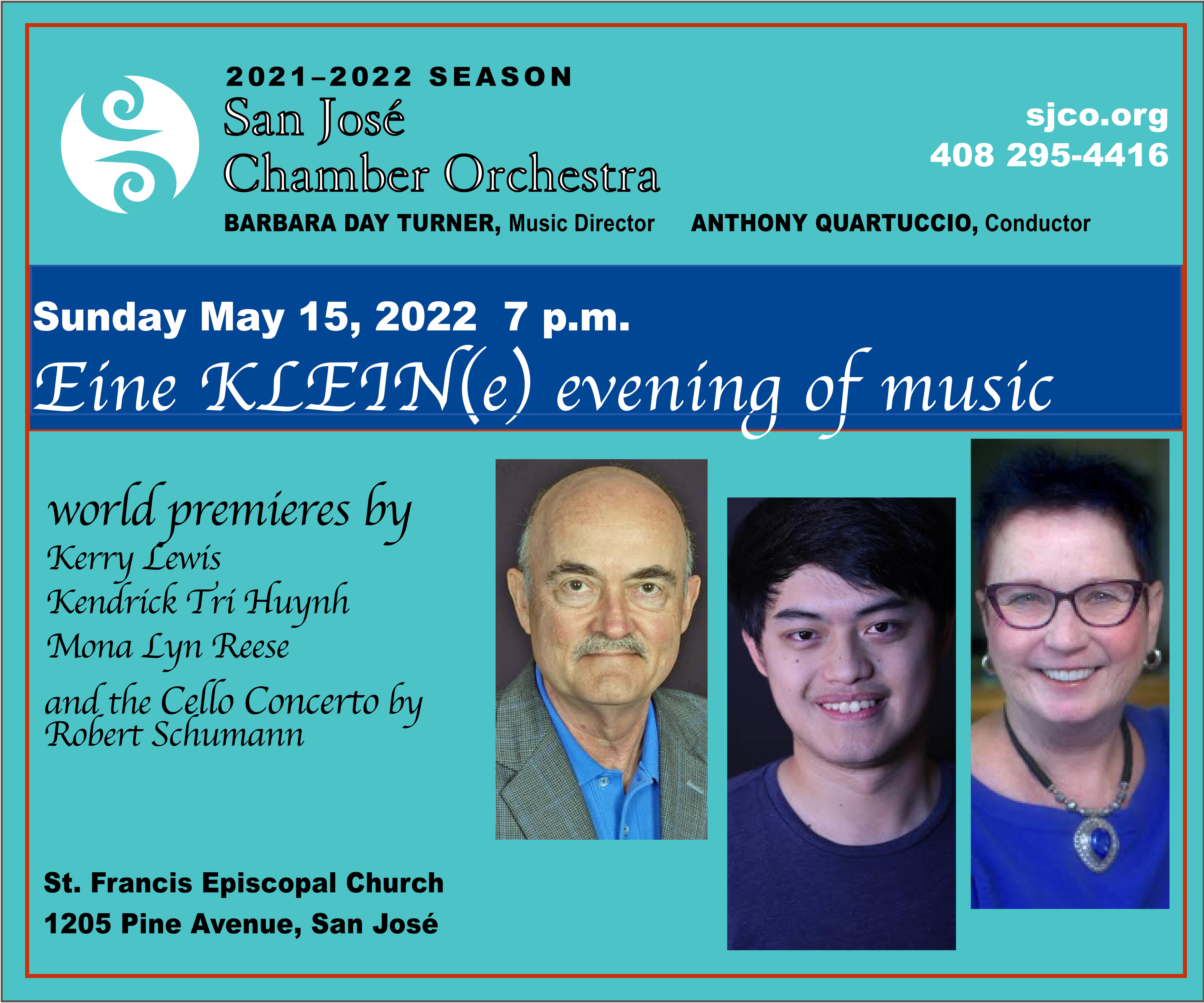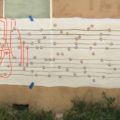I’m currently writing an opera based on Farahad Zama’s great book, The Marriage Bureau for Rich People. The story takes place in Vizag, a city in South India. Of course, the music I’m writing is plain old regular opera, or so I thought until I decided that one of the songs Aruna, the heroine, absolutely HAS to sing, is in Sanskrit and it’s a Vedic chant called Gayatri Mantra. Many Vedic chants are written down in Western notation, but the only one I could find was clearly wrong, based on what I heard on this YouTube channel https://www.youtube.com/watch?v=jDjYdpOmV1s. I got out my trusty Bangalore School of Music notebook and a pencil and wrote it down as I listened. This chant is repeated sometimes for an hour or more. The chanting helps you meditate and pray. There are 3 notes in it. Clearly, an aria for soprano needs more than a 3-note melody! What to do, what to do. I decided to write an English version of the chant and use one of the many Indian modes for the “harmony” or not any harmony as it turns out. If you listen to Indian classical music, there is no harmony. There is endless improvisation on ragas, the basic melodies. So, in this piece there is no harmony, not much counter melody, but there is a tabla and the characteristic drones.
Indian music doesn’t use the same scales as Western music. In our culture, we use equal temperament, Indian Music uses just intonation; they also have notes that fall between the ones we use. These differences huge. People have written dissertations about them. Check out Wikipedia for an explanation.
Here’s a picture of my notebook from transcribing the chant and choosing a mode. I selected two modes that have the same notes available in Western music. Bhairavi, is the same as Western mode, Phrygian. Bhairav has no Western equivalent.
I see my handwriting isn’t too neat, so here’s how it really looks:
The syllables under the notes are the names of the notes, just like we say: do re mi. There are many, many syllables, more than I ever imagined. Indians have 72 scales, and all the syllables are different.
Here’s the chant:
Oooo! Here’s something new for me: I wrote the poem for this piece. Usually, Tom does that. But he was busy on a different song and I decided to try it. It was really hard. I looked at lots of different translations and finally came up with something musical. It took a week of thinking on it every day.
Most of the time, when I set out to write a new song, I STRUGGLE with coming up with the right melody. I write and write and write and write, and it gets tossed straight in the bin. This time, I had one of those wonderful composer moments. I just sang it, and wrote it down. That’s it. It took less than an hour. Of course, I had prepared by memorizing the Sanskrit chant and the English words. I walked around our neighborhood for days just imagining how it should sound.
I just finished this piece yesterday. Wow, was that satisfying. There’s a lot more work after you have the melody you like. More about that in the next Indian Music Adventure, writing for tabla.








No comments yet.